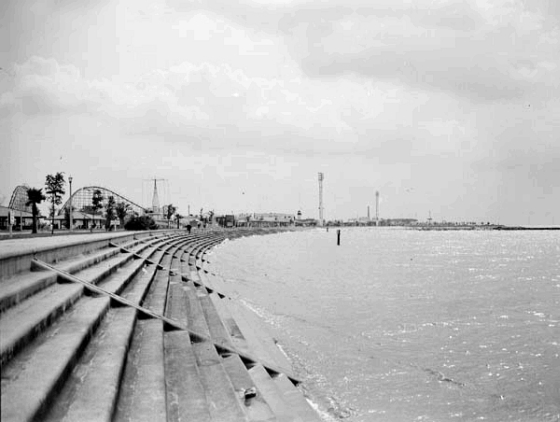|
Today in New Orleans History |
|
|
May 5


  

To receive an update for each day in New Orleans
history, join our facebook page
- Today in New Orleans History
Tweet
Sidney John Barthelemy (born March 17, 1942) is a former American political figure. The second African
American to hold the New Orleans Mayoral chair (May 5, 1986 -- May 2, 1994), he was a member of the Louisiana
State Senate from 1974 to 1978 and a member at-large of the New Orleans City Council from 1978 to 1986. He served as Democratic
mayor of New Orleans from 1986 to 1994. Barthelemy was born on March 17, 1942 in New Orleans, LA and was the third of six
children in a Creole family. He grew up in the Seventh Ward, and attended Corpus Christi Elementary School and St. Augustine
High School (New Orleans). From 1960 to 1963, in preparation for entering the priesthood, he studied at Epiphany Apostolic
Junior College in Newburgh, New York, and then entered St. Joseph Seminary in Washington, D.C., where he received a Bachelor
of Arts degree in philosophy and pursued graduate study in Theology. While in seminary, he worked summers as a laborer in
a stevedoring company. In 1967, having made the decision not to enter the priesthood, Barthelemy returned to New Orleans
and became an administrative assistant in the office of Total Community Action. In 1968, Barthelemy married Michaele Thibideau.[
From 1969 to 1972 he was director of the Parent Child Center of Family Health, Inc. During these years he also completed a
Master of Social Work degree at Tulane University in New Orleans, worked part-time for the Urban League of Greater New Orleans
and assisted with various political campaigns, joining COUP, a political organization based in the 7th Ward of New Orleans.
From 1972 to 1974 Barthelemy was Director of the Department of Welfare under Mayor Moon Landrieu. Backed by COUP, Barthelemy
was elected in 1974 to one term in the Louisiana State Senate from District 4; he was the first African-American to serve
in that body since Reconstruction. While he served in the Legislature, he also joined Xavier University as assistant director
of the Urbinvolve Program and as an instructor in the Department of Sociology and became an adjunct faculty member in the
Applied Health Sciences Department, Maternal and Child Health Section, of Tulane University. In 1978 Barthelemy was elected
to an at-large seat on the New Orleans City Council, a position he held for two terms. While in the council, Barthelemy become
known for his longstanding rivalry with Mayor Ernest "Dutch" Morial. In 1979, Barthelemy was elected to be in state
Senate, beating out a sixteen year, white incumbent He defeated Bill Jefferson in the 1986
mayoral election to succeed Morial. On May 5, 1986, Barthelemy began his first term as mayor of New Orleans. (NOPL)
|
|
|

To receive an update for each day in New Orleans history,
join our facebook page - Today in New
Orleans History.
Analytics |


